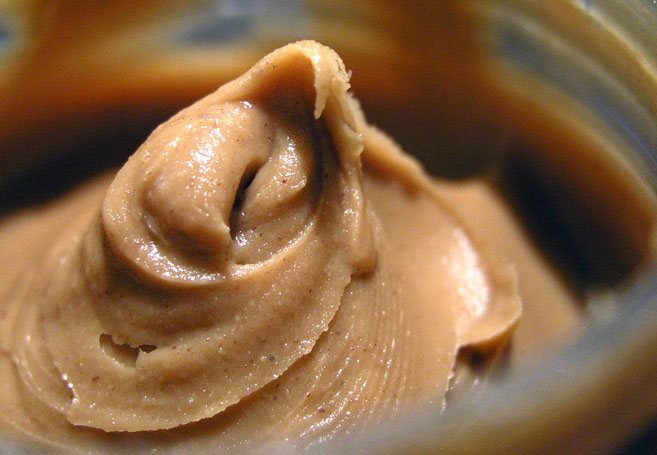Alzheimer’s disease is one of the most devastating illnesses of all, and it’s also one of the most difficult to diagnose. In order for doctors to confirm Alzheimer’s in a patient, a wide range of neurological and mental tests have to be conducted. Now researchers at the McKnight Brain Institute Center for Smell and Taste, and the University of Florida, have discovered a brilliant and simple new way of detecting early onset Alzheimer’s with astonishing accuracy. One of the first areas of the brain to degenerate is the front part of the temporal lobe, the are of the brain which evolved from the smell system, which is the same part of the brain responsible for the formation of new memories. The research discovered that people in the early stages of Alzheimer’s show a dramatic difference in smelling ability between the left and right nostril.
While the right nostril functions normally in early onset Alzheimer’s patients, the left nostril is consistently and significantly more impaired. By testing each nostril individually, researchers concluded that the left nostril did not detect the odor until it was an average of 10cm closer to the nose than the right nostril test. The phenomenon is unique to Alzheimer’s patients, as patients with other forms of dementia had no left-right nostril impairment in smell detection. The test works best by using one tablespoon of peanut butter (in scientific terms peanut butter is what’s known as a “pure odorant”) and a ruler held up to the nostril.
The following is the step-by-step list of instructions for the test: 1) blindfold the patient and have them close their mouth; 2) plug one nostril and hold a ruler up to the other one; 3) hold the tablespoon of peanut butter far enough away from the nostril and have the patient breathe normally; 4) during each exhale move the tablespoon one centimetre closer to the nostril; 5) record the distance when the odor is first detected; 6) repeat the test on the other nostril. (Sources: Business Insider and Futurity). For more information on Alzheimer’s disease be sure to visit Alzheimer’s on FEELguide. (Photo courtesy of Wikipedia).
SEE ALSO: Huge Breakthrough Leads To Potential Cure For Alzheimer’s Using Lasers
SEE ALSO: The Power Of Music: Watch Trailer & New Clip From Award-Winning Alzheimer’s Doc “Alive Inside”
SEE ALSO: The Super Agers: Scientists Discover Small Group Of 80+ Seniors With Unprecedented “Super Brains”
SEE ALSO: 50% Reversal Of Alzheimer’s In Mice In 3 Days, And Boosting Memory By Stimulating Your “Golden Gate”
.


